MILESTONES
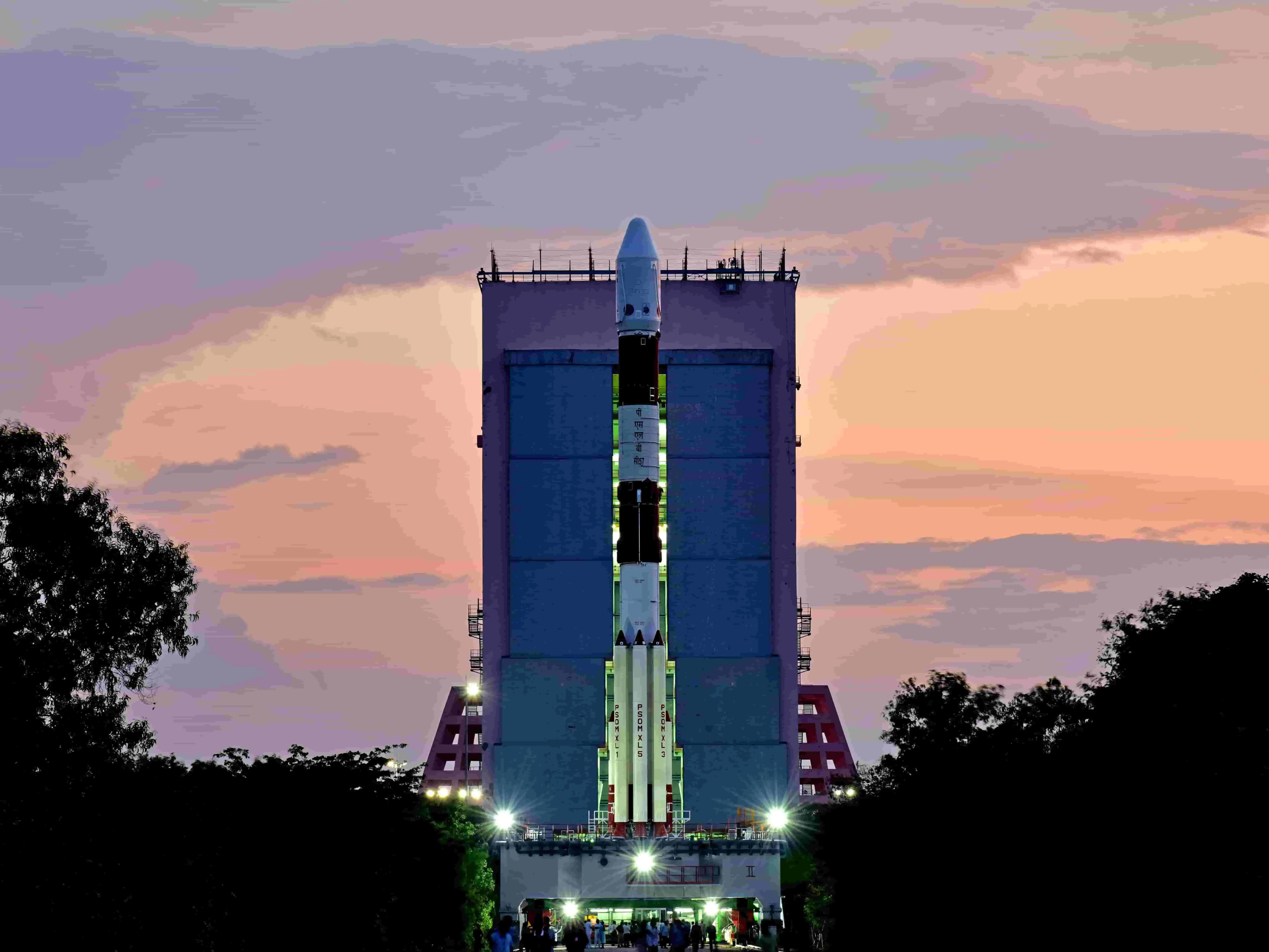
2023: India launches Aditya L1
The Aditya L1 mission is India's first dedicated mission to study the Sun. It was launched on September 2, 2023, and is scheduled to reach its final orbit around the first Lagrangian point (L1) of the Sun-Earth system in December 2023.
Aditya L1 will be positioned at a distance of about 1.5 million kilometers from Earth in a halo orbit around L1. This location is ideal for studying the Sun because it is relatively free of interference from Earth's magnetic field and atmosphere.
The spacecraft carries seven payloads that will study the Sun's atmosphere, corona, and solar wind.
These payloads include:
- >> Solar Imaging Telescope (SIT): Will image the Sun's chromosphere and corona in high resolution.
- >> Visible Emission Line Coronagraph (VELC): Will study the dynamics of the solar corona.
- >> Plasma Analyser Package (PAP): Will study the composition and energy of the solar wind.
- >> Solar Ultraviolet Imaging Telescope (SUIT): Will image the Sun's chromosphere and corona in ultraviolet light.
- >> Particle and Plasma Spectrometer (PPS): Will study the energy and composition of charged particles in the solar wind.
- >> Magnetometer: Will measure the magnetic field in the vicinity of the spacecraft.
- >> Solar X-ray Monitor (XSM): Will monitor the Sun's X-ray emission.
Aditya L1 is expected to provide new insights into the Sun's atmosphere, corona, and solar wind. This information will help us to better understand the Sun's impact on Earth and the solar system.
Here are some of the key science objectives of the Aditya L1 mission:
- >> To study the dynamics of the solar chromosphere and corona.
- >> To understand the heating mechanisms of the solar corona and the acceleration of the solar wind.
- >> To study the initiation and propagation of solar flares and coronal mass ejections.
- >> To study the in-situ particle and plasma environment at L1.
The Aditya L1 mission is a significant milestone for Indian space science and is expected to make major contributions to our understanding of the Sun.
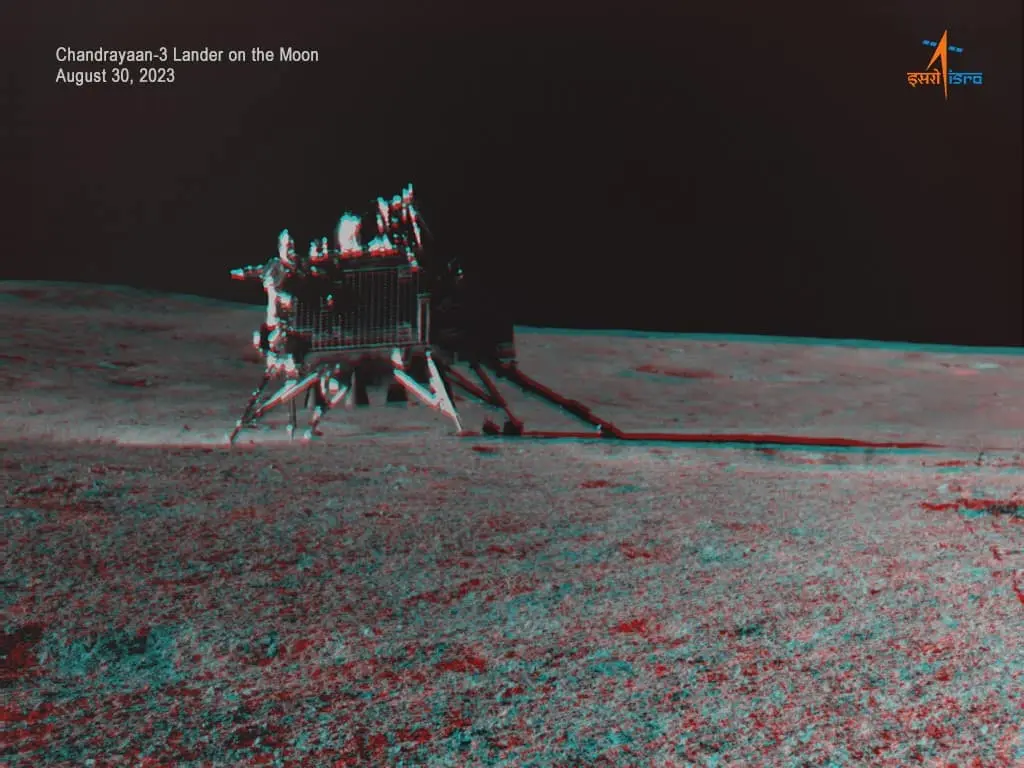
2023: India launches Chandrayaan-3
Chandrayaan-3 is a lunar exploration mission developed by the Indian Space Research Organisation (ISRO). It is a follow-up mission to the Chandrayaan-2 mission, which launched in 2019 but failed to land on the Moon. Chandrayaan-3 was launched on July 14, 2023, and is currently on its way to the Moon.
The mission consists of a lander and a rover. The lander is designed to make a soft landing on the lunar surface, and the rover will then explore the surrounding area. The rover is equipped with a variety of scientific instruments to study the lunar soil, rocks, and atmosphere.
The main objectives of the Chandrayaan-3 mission are to:
- >> Demonstrate the ability to make a soft landing on the Moon
- >> Explore the lunar surface with a rover
- >> Conduct scientific experiments to study the Moon
The mission is also a significant milestone for India's space program. It demonstrates India's ability to design, develop, and launch complex space missions. The mission is also expected to provide valuable scientific data about the Moon.
Here are some of the key features of the Chandrayaan-3 mission:
- >> The lander is equipped with a new landing system that is more robust and reliable than the one used on Chandrayaan-2.
- >> The rover is equipped with a new laser altimeter that will help it to navigate the lunar surface more safely.
- >> The mission includes a new scientific payload called the Spectro-polarimetry of Habitable Planet Earth (SHAPE) payload. This payload will study the Earth's atmosphere from the lunar orbit.
- >> The Chandrayaan-3 mission is a complex and challenging one, but it has the potential to make a significant contribution to our understanding of the Moon.
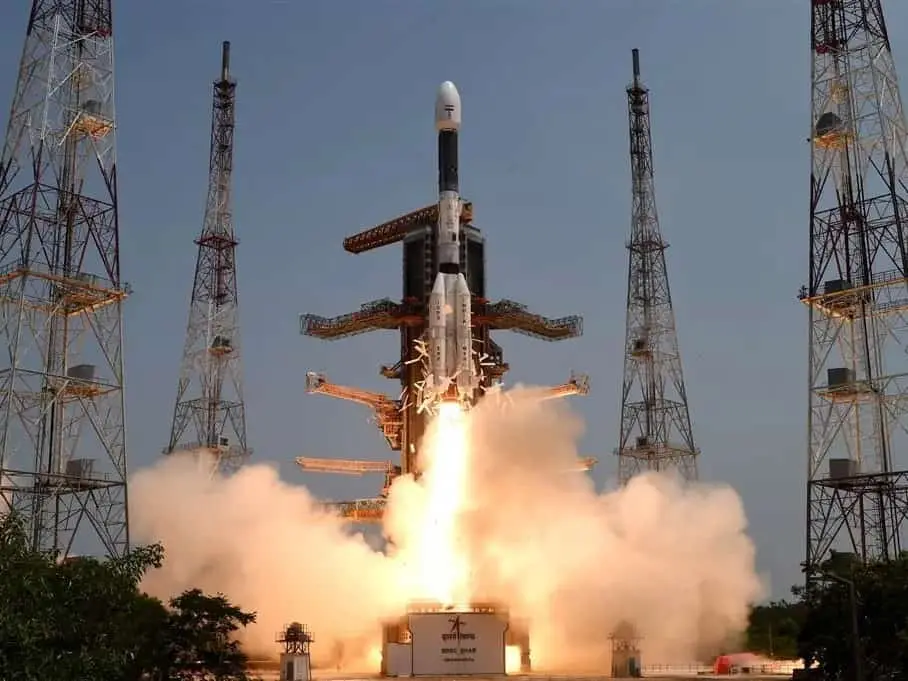
2023: India launches NVS-01
The NVS-01 mission is a navigation satellite mission launched by the Indian Space Research Organisation (ISRO) on May 29, 2023. The satellite was launched on the Geosynchronous Satellite Launch Vehicle (GSLV) F12 rocket from the Satish Dhawan Space Centre in Sriharikota, India.
The NVS-01 satellite is the first of the second-generation satellites envisaged for the Navigation with Indian Constellation (NavIC) services. The NavIC system is India's regional navigation satellite system, similar to the US GPS system.
The NVS-01 satellite is equipped with a number of new features over the first-generation NavIC satellites, including:
- >> A new L1 band signal, which will provide improved accuracy and coverage for NavIC users.
- >> An indigenous rubidium atomic clock, which will provide more precise timing for NavIC signals.
- >> A new ranging payload, which will enable precise orbit determination for the NavIC system.
The NVS-01 satellite is expected to be in service for 12 years. It will provide navigation, positioning, and timing services to users in India and the surrounding region.
The NVS-01 mission is a significant milestone for India's space program. It demonstrates India's ability to design, develop, and launch advanced navigation satellites. The mission is also expected to provide significant benefits to India's economy and society.
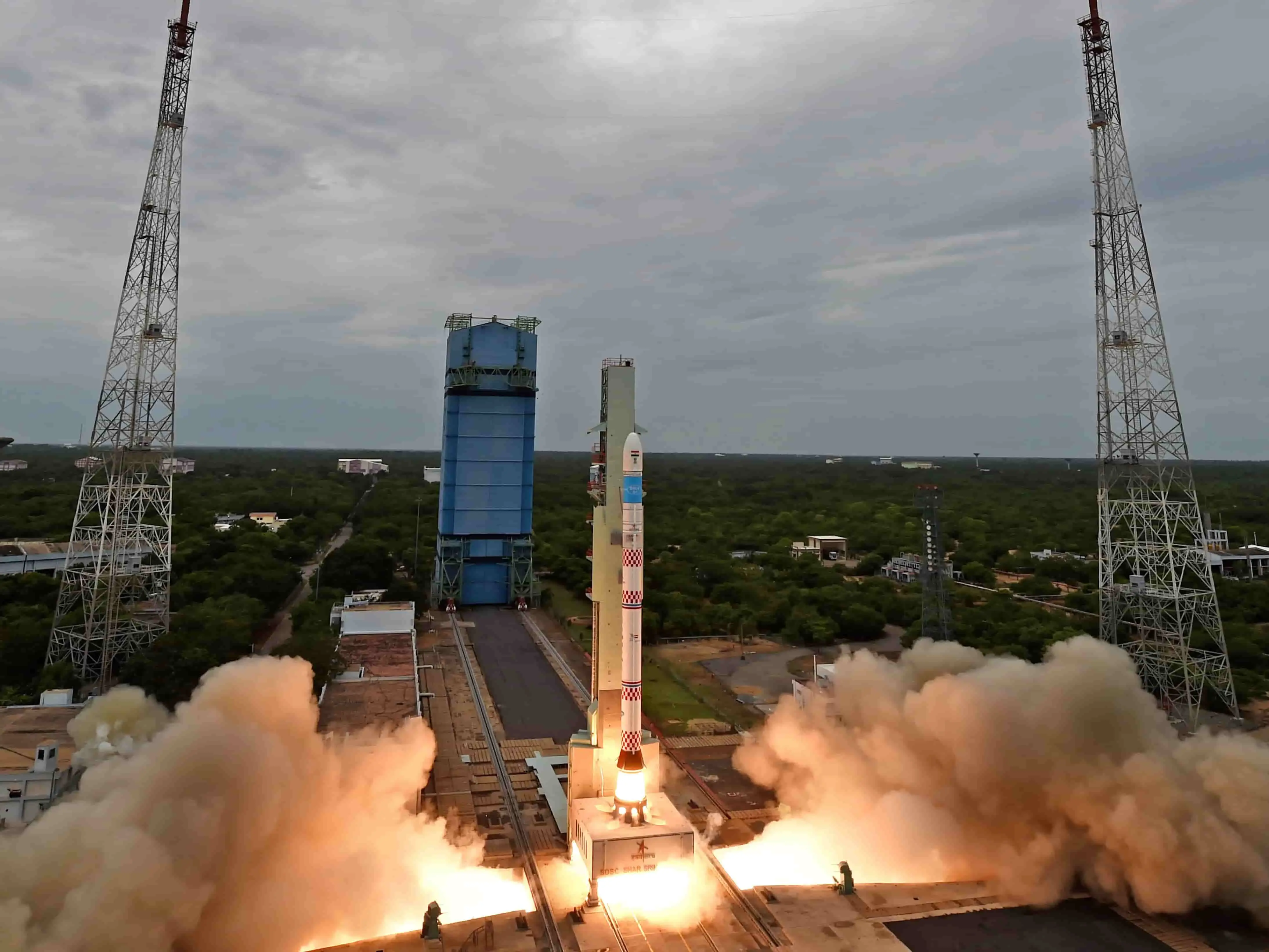
2022: India launches its first SSLV
The first Small Satellite Launch Vehicle (SSLV) mission, SSLV-D1/EOS-02, was launched from the Satish Dhawan Space Centre, Sriharikota, India on August 7, 2022. The objective of the mission was to inject the EOS-02 and AzaadiSAT satellites into a circular orbit of 356.2 km with an inclination of 37.21°.
However, the mission failed to achieve its mission objectives. The rocket had a three stage configuration with a fourth Velocity Trimming Module (VTM). In its D1 configuration, the rocket was 34m tall with a diameter of 2m and a lift-off mass of 120t.
Due to sensor failure coupled with shortcomings of onboard software, the stage as well as the two satellite payloads were injected into an unstable transatmospheric Earth orbit measuring 356×76 km and subsequently destroyed upon reentry.
The first successful SSLV mission, SSLV-D2, was launched on February 10, 2023. This mission successfully placed three satellites into their intended orbits.
Despite the failure of the first SSLV mission, ISRO has learned valuable lessons from the experience. The agency has taken steps to address the shortcomings of the SSLV and is confident that the vehicle will be successful in its future missions.
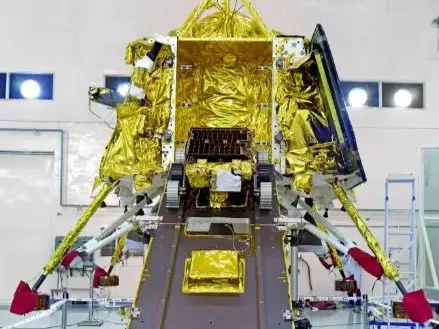
2019: India launches Chandrayaan-2
Chandrayaan-2 was India's second lunar exploration mission, launched on July 22, 2019. It consisted of an orbiter, a lander, and a rover. The orbiter was successfully inserted into lunar orbit, but the lander crashed on the lunar surface during its descent.
The primary objectives of the Chandrayaan-2 mission were to:
- >> Demonstrate the ability to soft-land and operate a robotic rover on the lunar surface.
- >> Study lunar topography, mineralogy, elemental abundance, the lunar exosphere, and signatures of hydroxyl and water ice.
The orbiter is carrying eight scientific instruments to study the Moon. These instruments are:
- >> Terrain Mapping Camera-2 (TMC-2): To map the lunar surface in high resolution.
- >> Chandrayaan-2 Large Area Soft X-ray Spectrometer (CLASS): To study the Moon's exosphere and solar flares.
- >> Solar X-ray Monitor (XSM): To study solar flares and coronal mass ejections.
- Chandrayaan-2 Atmospheric Composition Explorer (CHACE-2): To study the Moon's atmosphere.
- Synthetic Aperture Radar (SAR): To map the lunar surface in high resolution and to study subsurface features.
- Dual Frequency Radio Synthetic Aperture Radar (DFRSAR): To study the Moon's polar regions and to search for water ice.
- Chandrayaan-2 Orbiter High Resolution Camera (OHRC): To take high-resolution images of the lunar surface.
- Imaging IR Spectrometer (IIRS): To study the Moon's mineralogy and surface composition.
The Chandrayaan-2 mission is a significant achievement for India's space program. It is the first Indian mission to attempt a soft landing on the Moon. The mission has also provided valuable scientific data about the Moon.
Even though the lander crashed, the orbiter is still in operation and is continuing to collect data about the Moon. The orbiter is expected to operate for at least seven years.
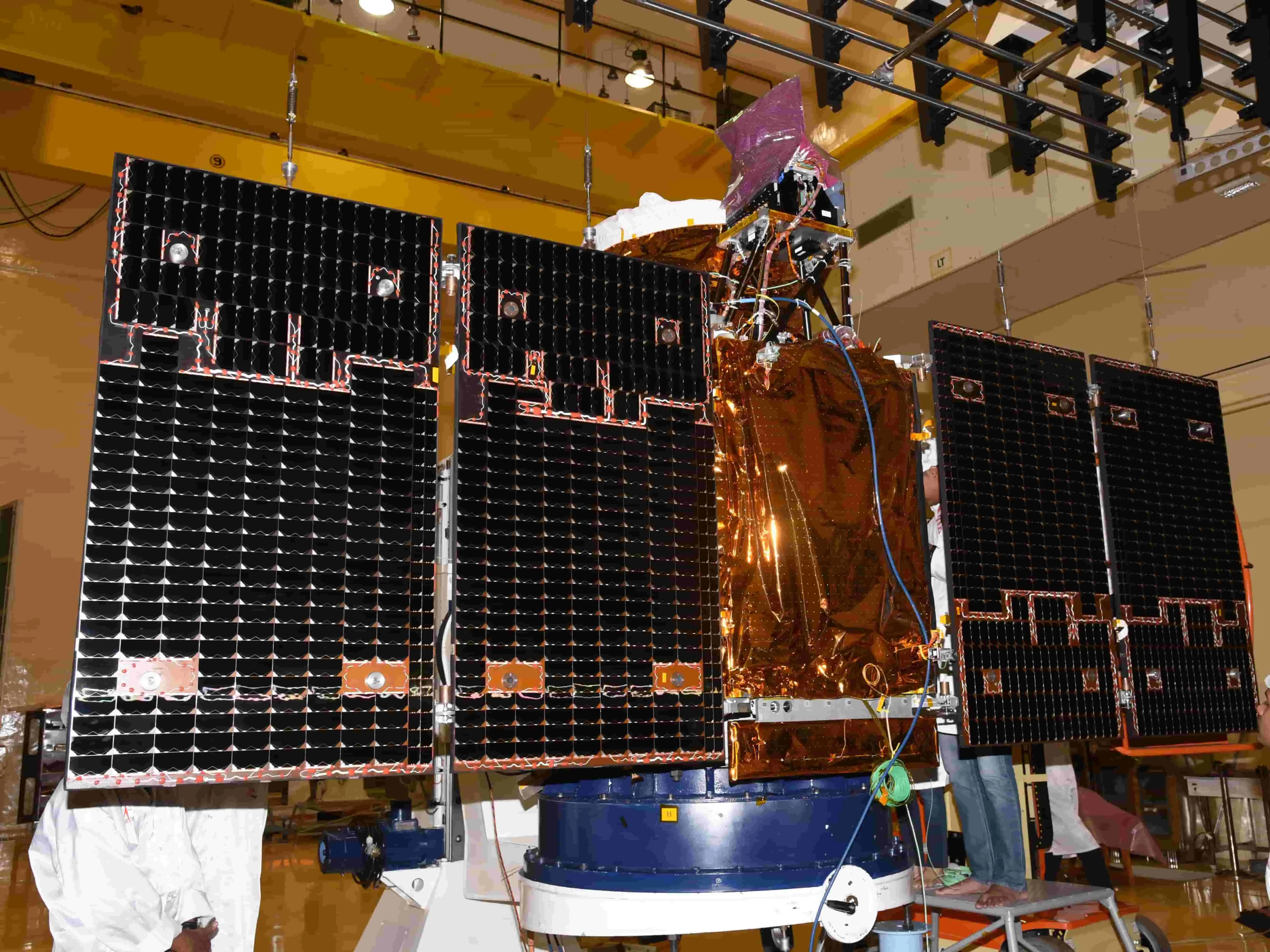
2017: India launches Cartosat-2
The Cartosat-2 mission is a series of Earth observation satellites developed and operated by the Indian Space Research Organisation (ISRO). The first Cartosat-2 satellite was launched in 2007, and the most recent satellite in the series was launched in 2018.
The Cartosat-2 satellites are equipped with high-resolution panchromatic and multispectral cameras. The panchromatic camera has a resolution of 0.8 meters, and the multispectral camera has a resolution of 2 meters. The satellites can be used to generate a variety of images, including:
- >> Black-and-white images
- >> Color images
- >> False-color images
- >> Near-infrared images
The Cartosat-2 images are used for a variety of applications, including:
- Creating detailed maps
- Monitoring urban growth
- Managing natural resources
- Assessing disaster damage
- Tracking deforestation
The Cartosat-2 mission is a major success for ISRO. The satellites have provided India with a valuable source of high-resolution Earth imagery. The imagery has been used to improve a wide range of services, including cartography, urban planning, and disaster management.
The Cartosat-2 mission has also demonstrated India's ability to design, develop, and launch complex Earth observation satellites. The mission has made India a leading player in the global Earth observation market.